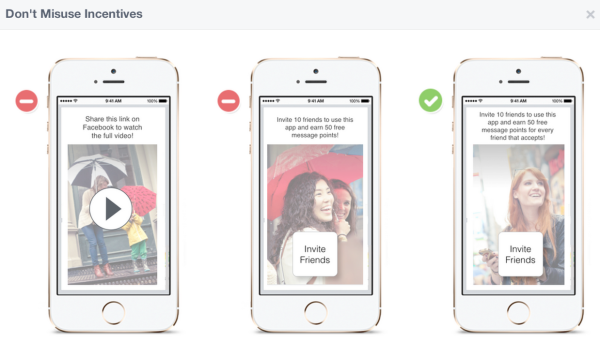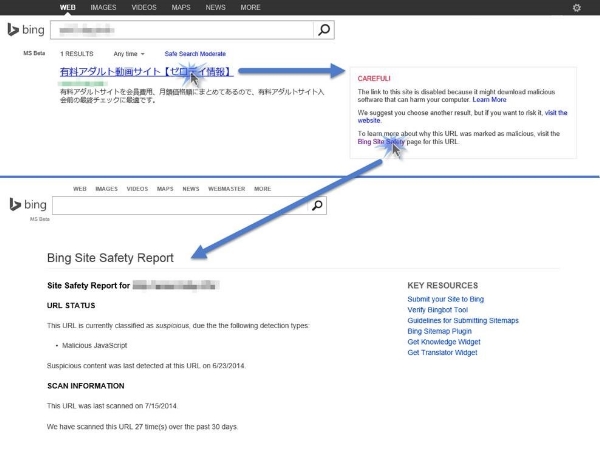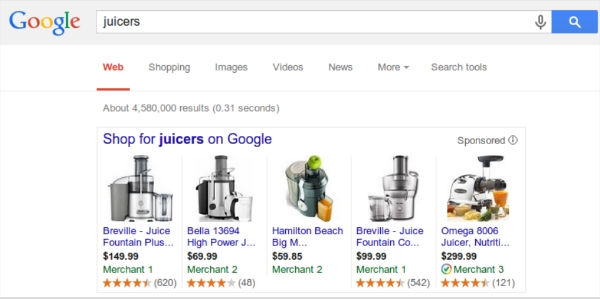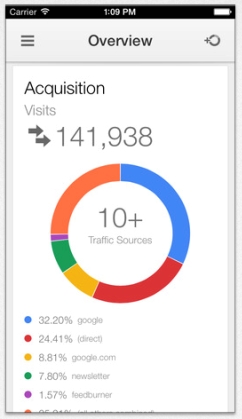Now that we’ve all hopefully gotten over the “links are dead” hysteria, SEOs and webmasters are beginning to worry about their backlink profiles again. In the past it was easy. You could buy links or make enact one of the many now-banned tactics to try to artificially inflate your backlink profile and it seemed like no one was the wiser.
Of course things have changed quite drastically, as you should know by now. Backlinks need to be earned, and they need to be quality. As many analysts will tell you, building backlinks these days is more about relationship building than it is about farming as many links as possible. But how are you supposed to earn these prized high quality links?
SEOChat asked a long list of SEO experts where their most valuable links came from, and each gives an example of how you can earn links yourself by simply providing a service to your users and important figures related to your industry.

 Countless businesses have 90 days to make significant changes to their Facebook strategies and pages. With an update to its
Countless businesses have 90 days to make significant changes to their Facebook strategies and pages. With an update to its 
 As online optimization and marketing become more and more essential to the success of smaller businesses, many small businesses are trying to manage as much online marketing on their own as they can manage with limited time and resources.
As online optimization and marketing become more and more essential to the success of smaller businesses, many small businesses are trying to manage as much online marketing on their own as they can manage with limited time and resources. In the past, several Google employees have suggested they would like to see site security included as a ranking factor within their search engine. Now, Google has followed through and
In the past, several Google employees have suggested they would like to see site security included as a ranking factor within their search engine. Now, Google has followed through and  While we at TMO still feel that Pigeon has the potential to help local businesses and searchers improve their local results, it is always good to get the opinions from other experts in the search marketing community. Thankfully, Search Engine Land did just that. They compiled the opinions of several authority figures in search marketing, and needless to say the consensus is mixed.
While we at TMO still feel that Pigeon has the potential to help local businesses and searchers improve their local results, it is always good to get the opinions from other experts in the search marketing community. Thankfully, Search Engine Land did just that. They compiled the opinions of several authority figures in search marketing, and needless to say the consensus is mixed.


 A few weeks ago
A few weeks ago The majority of reports about Facebook this year would suggest the largest social media platform is about to crumble under its own weight. But, all the latest data from their
The majority of reports about Facebook this year would suggest the largest social media platform is about to crumble under its own weight. But, all the latest data from their 

